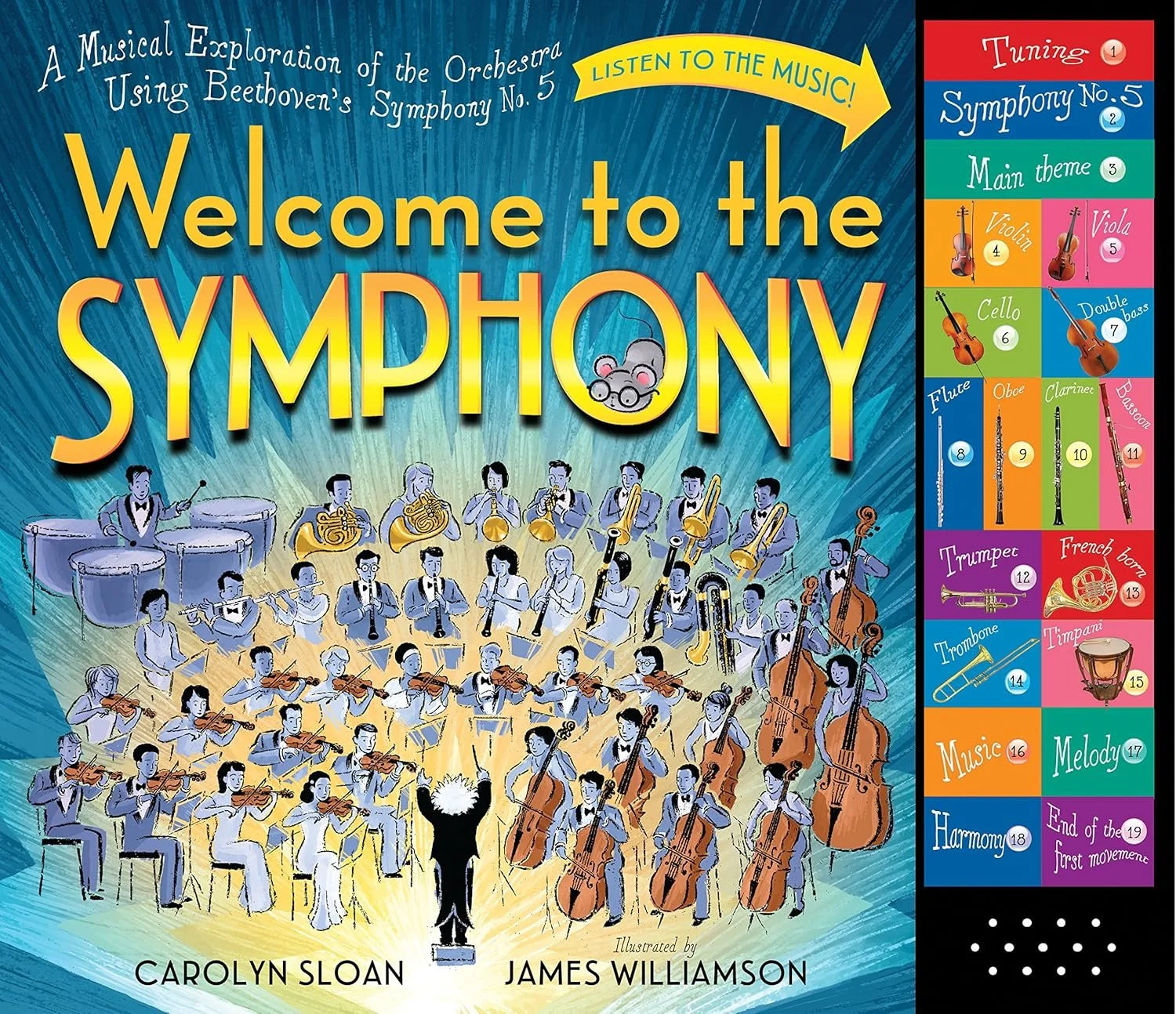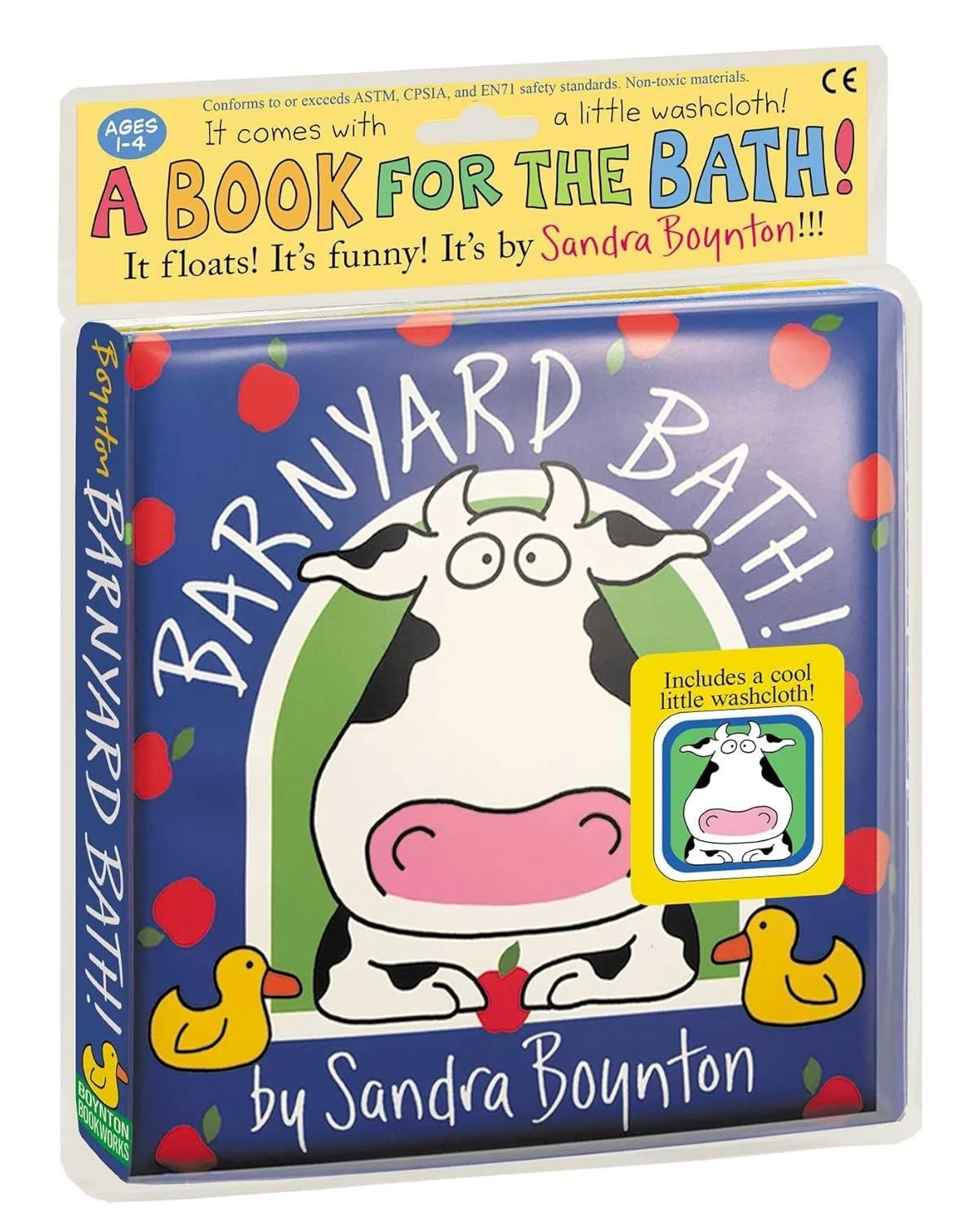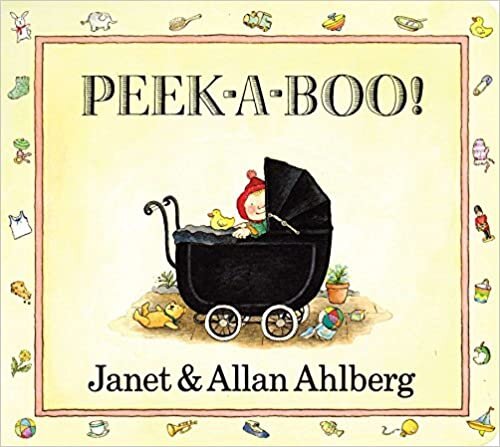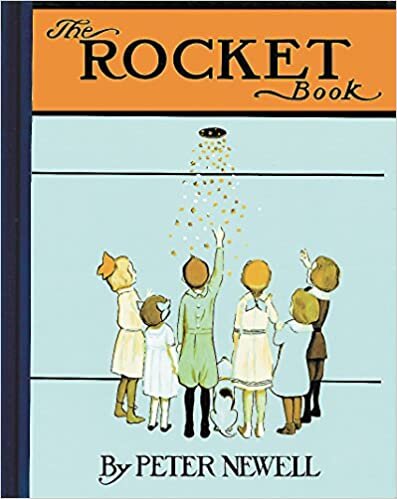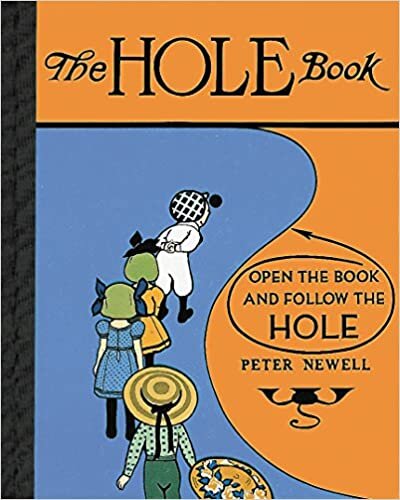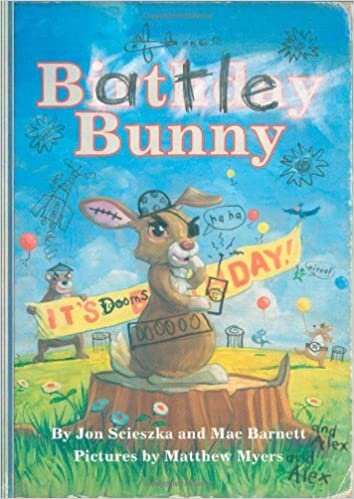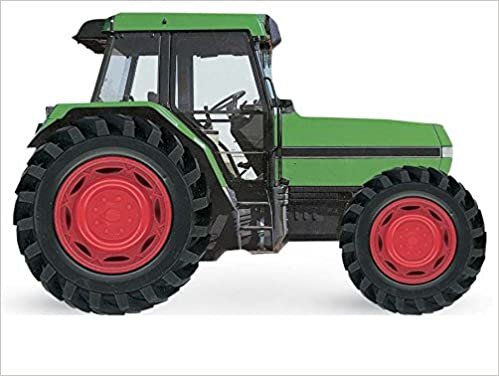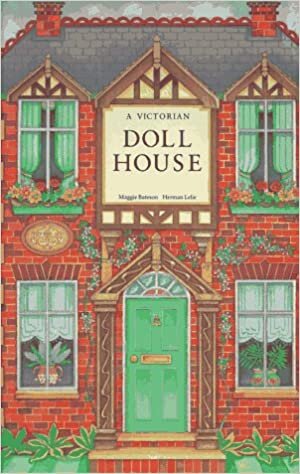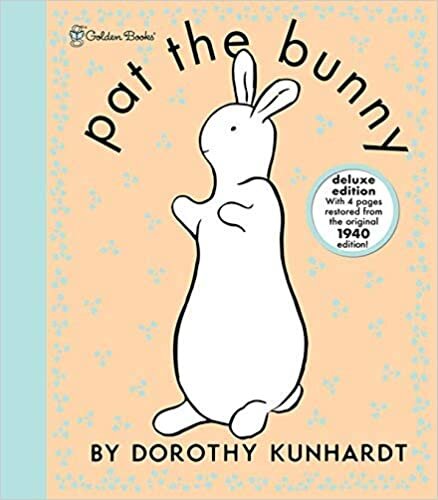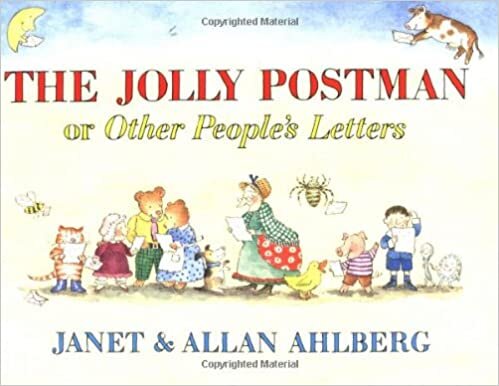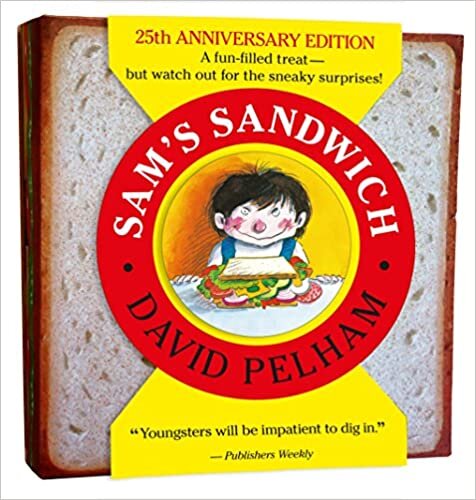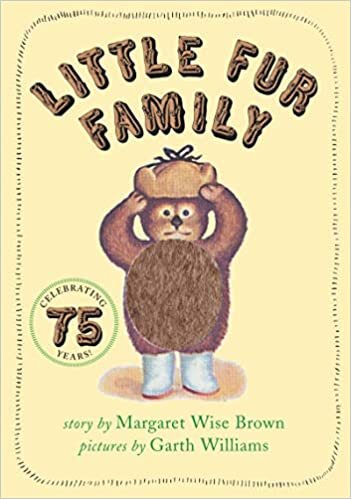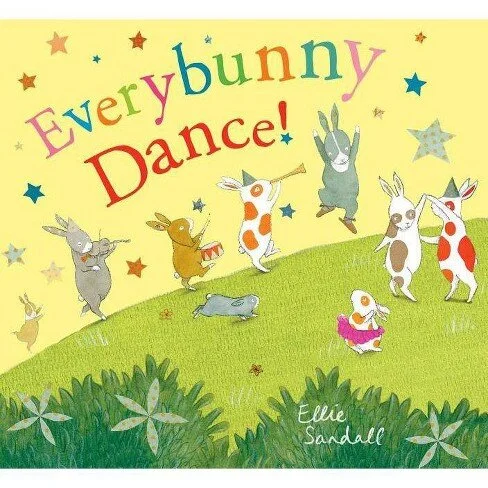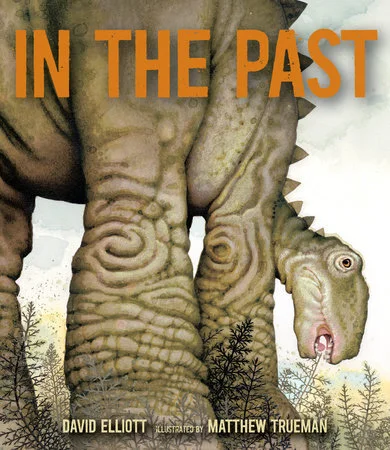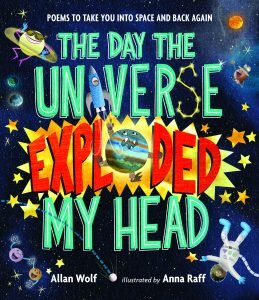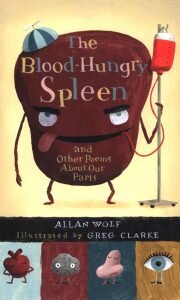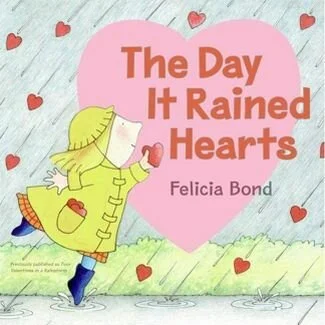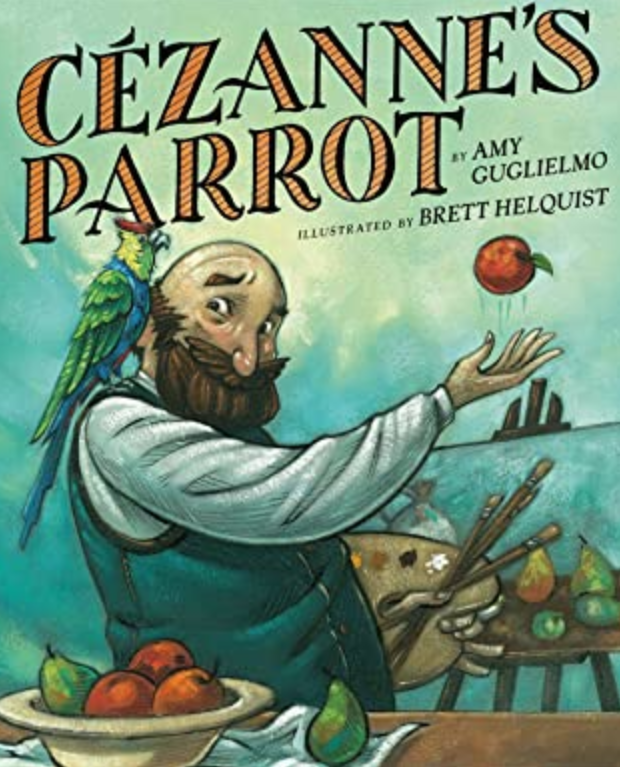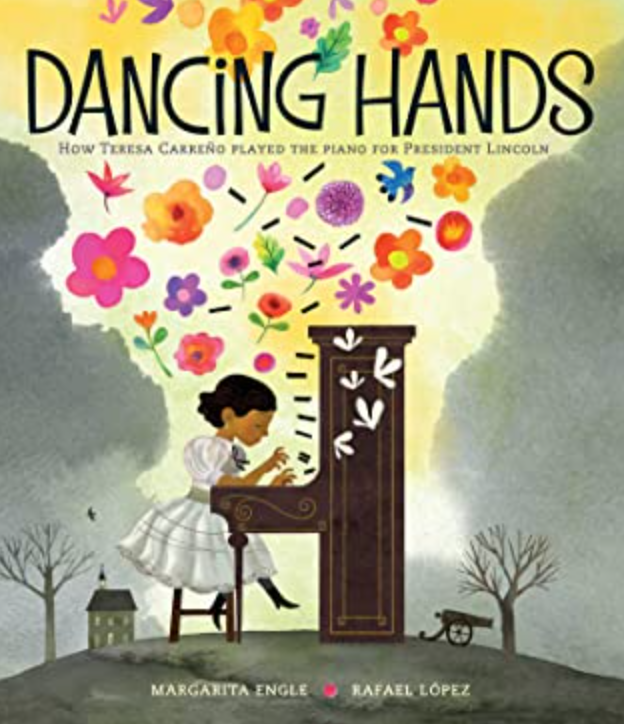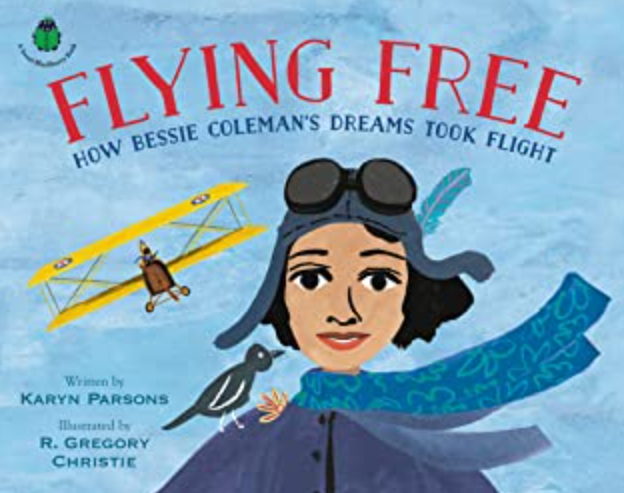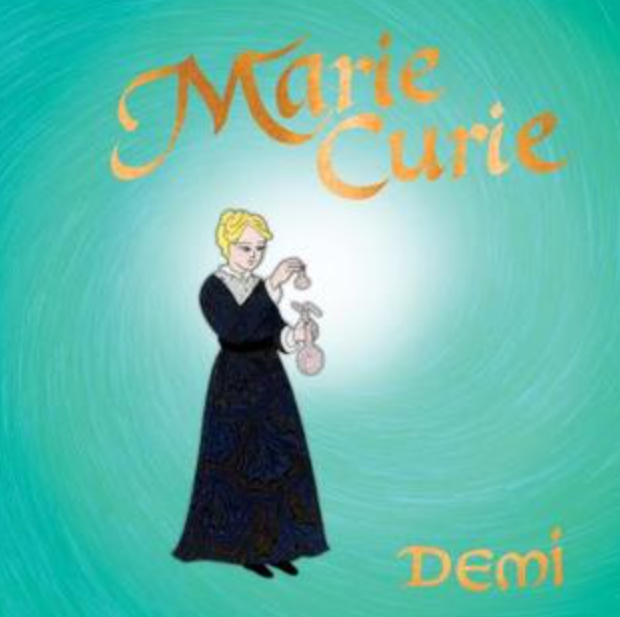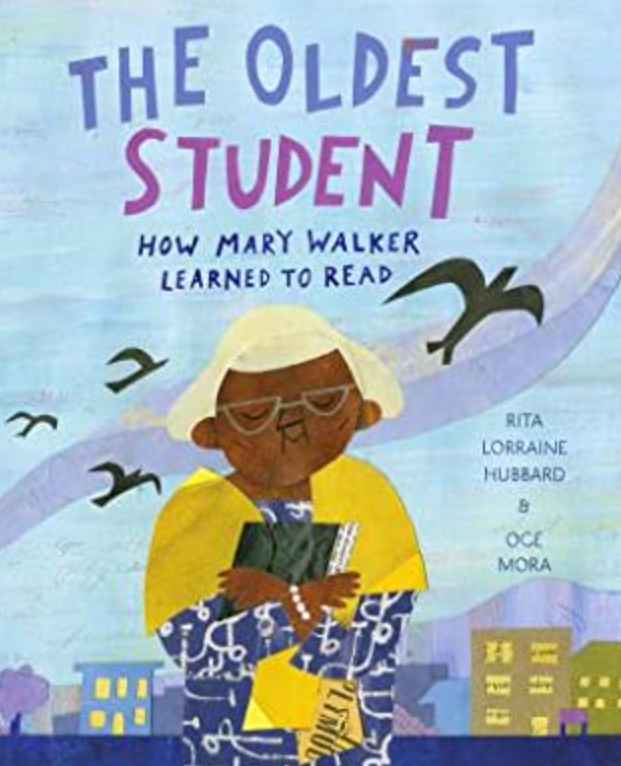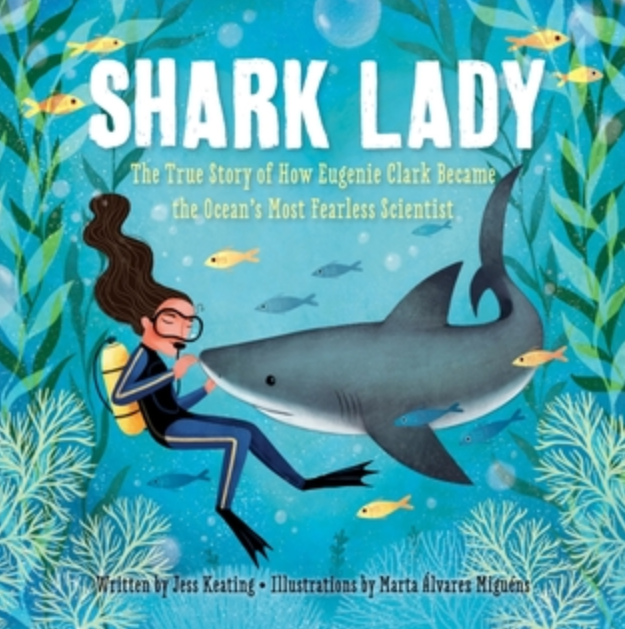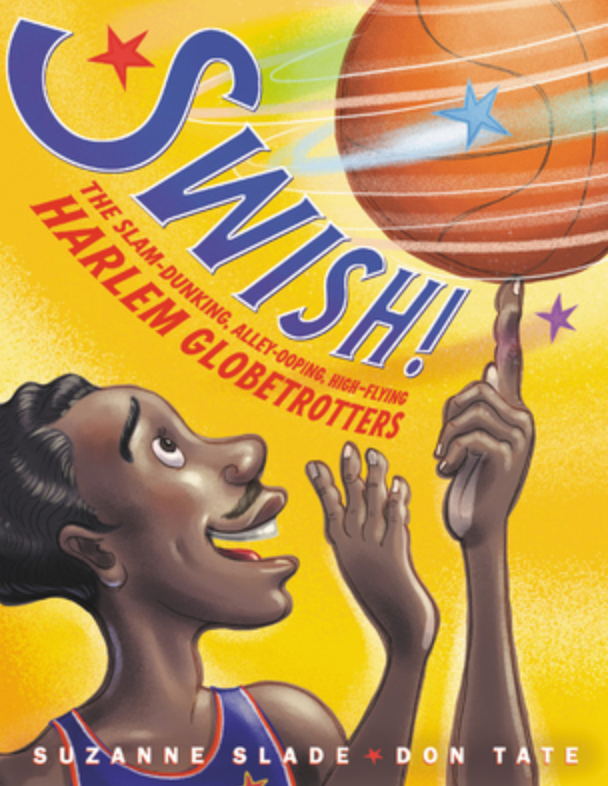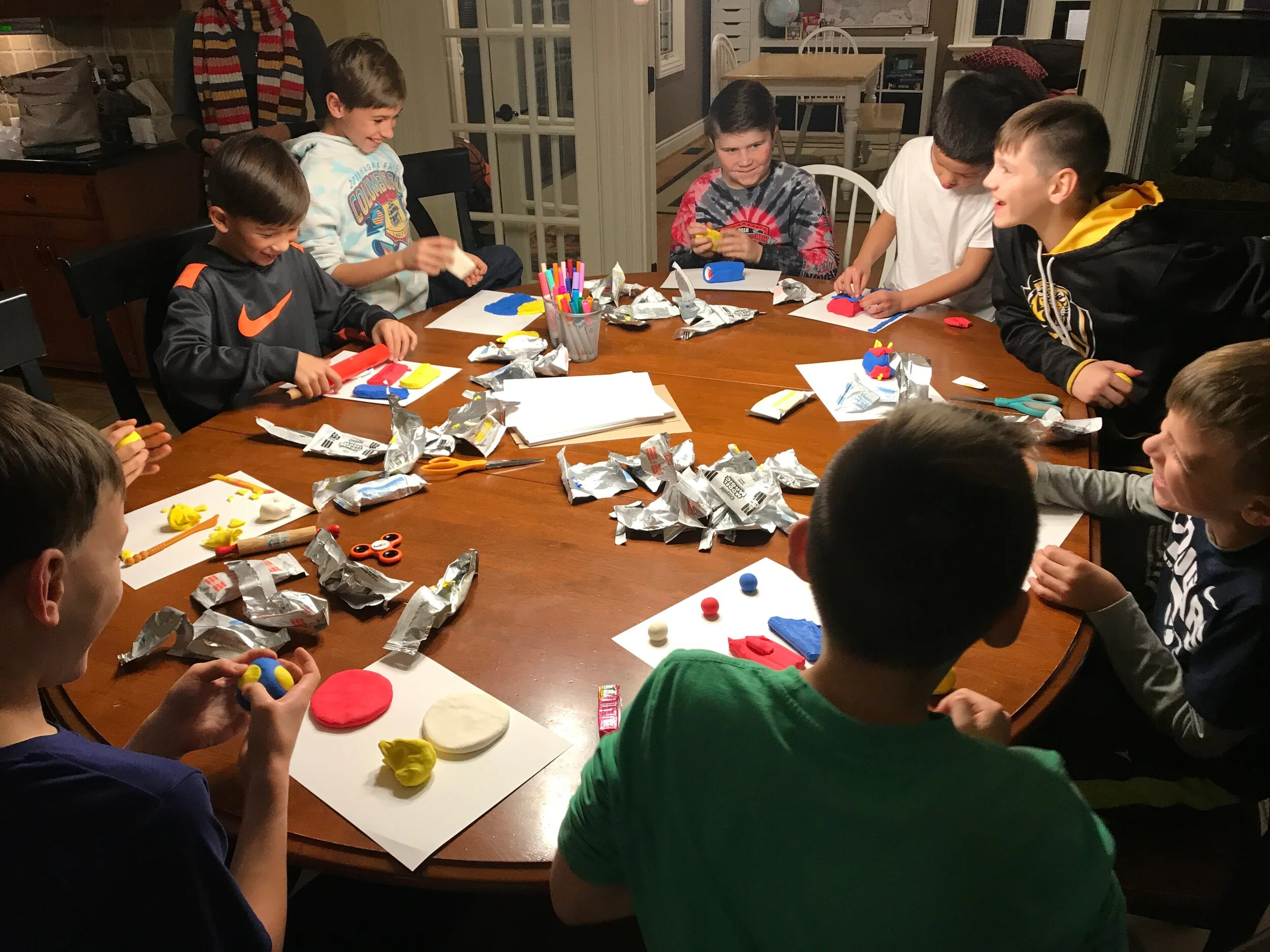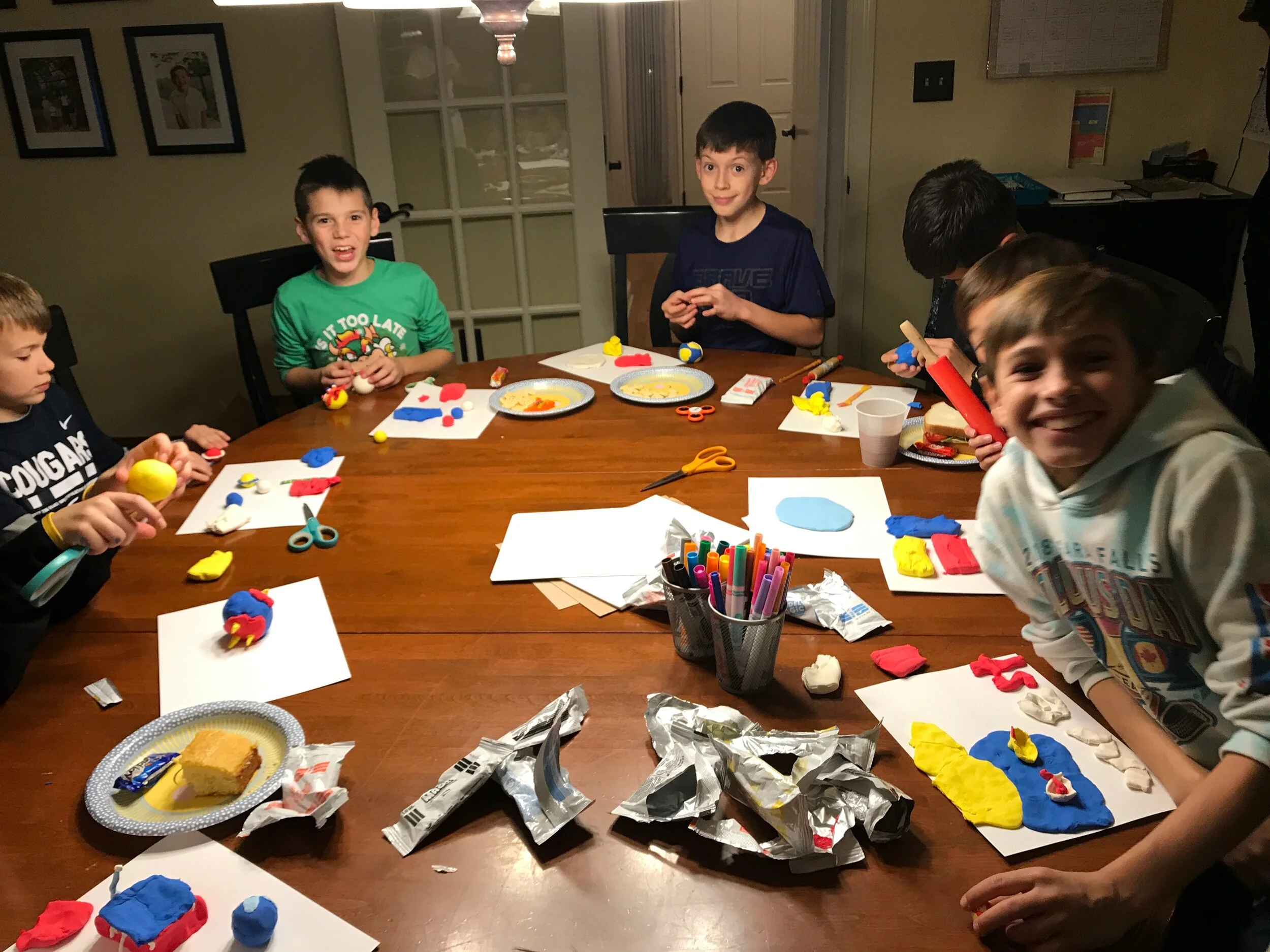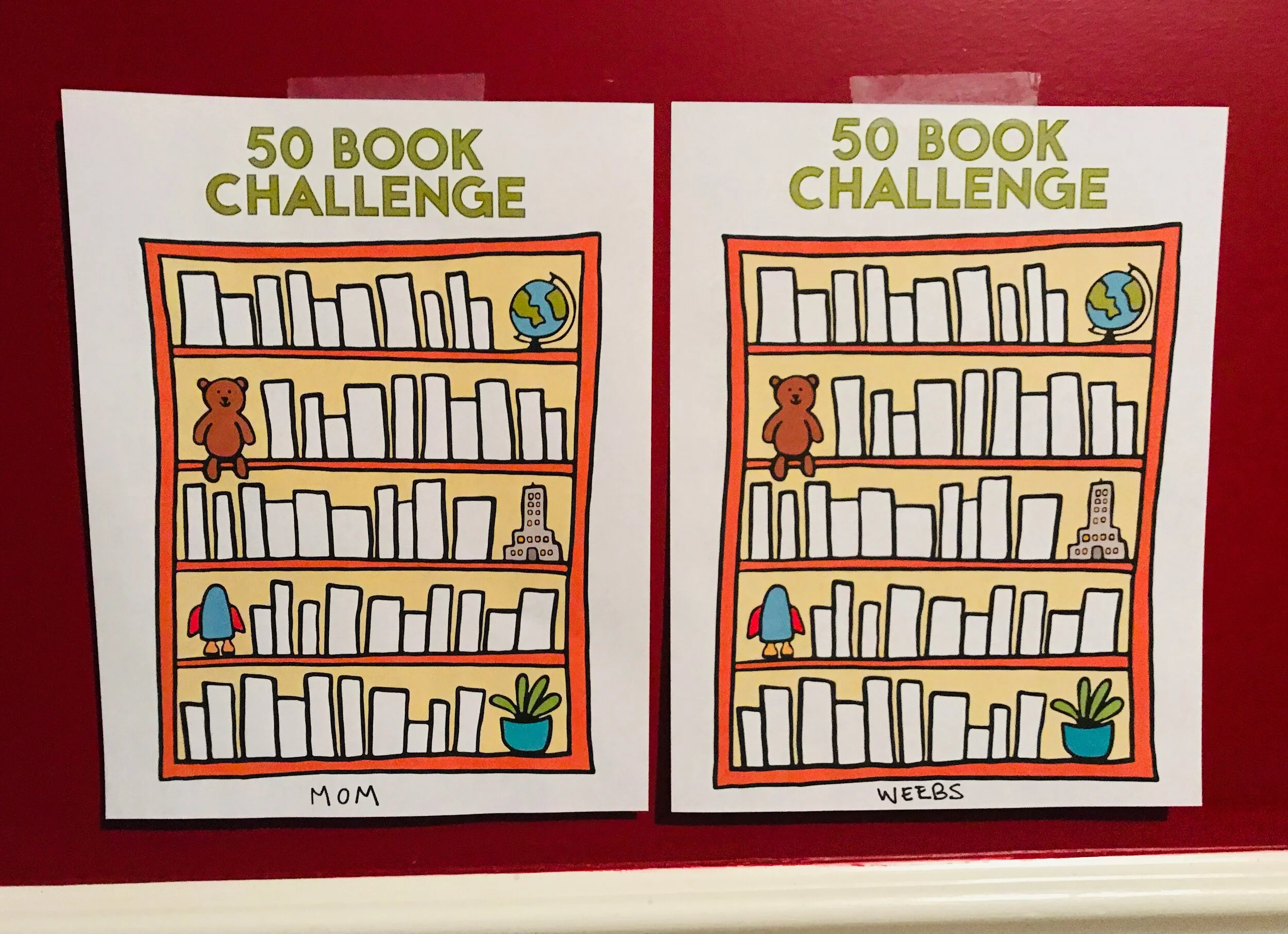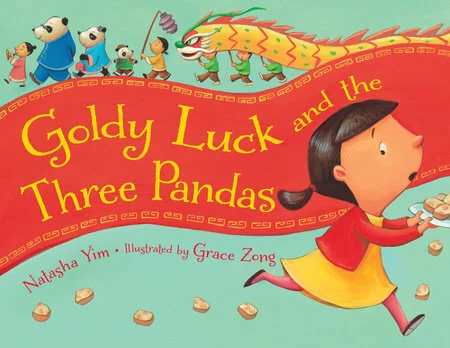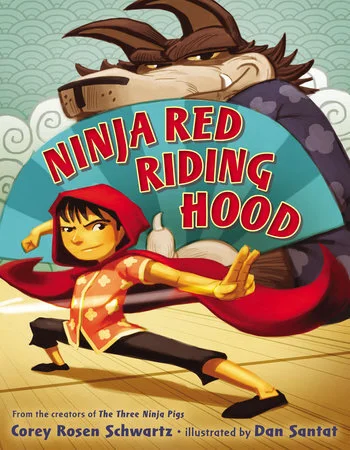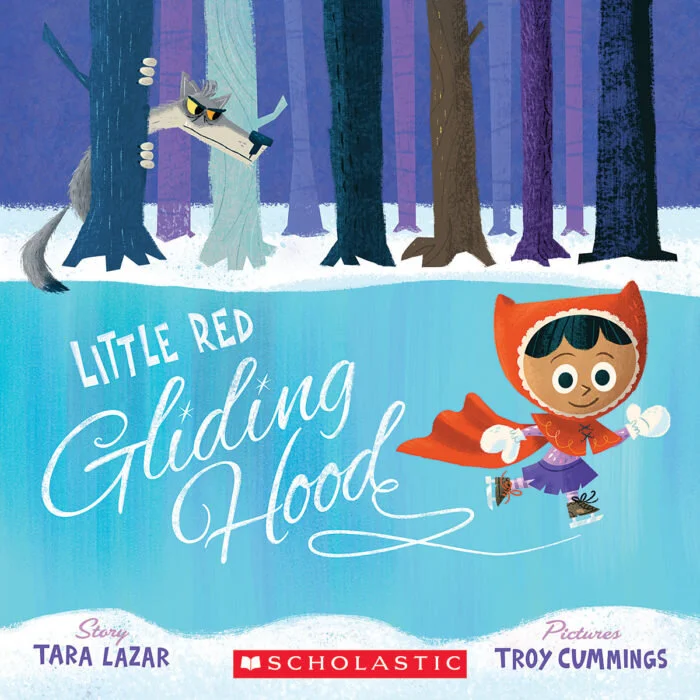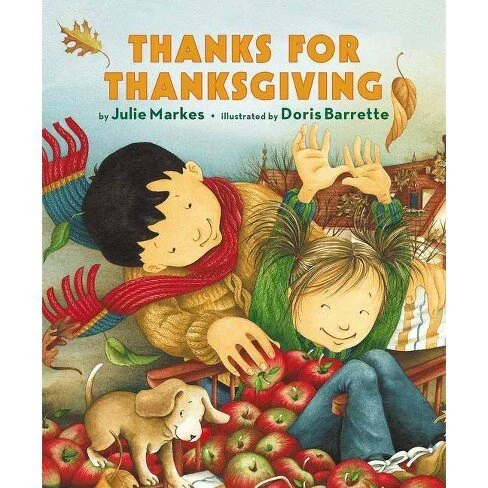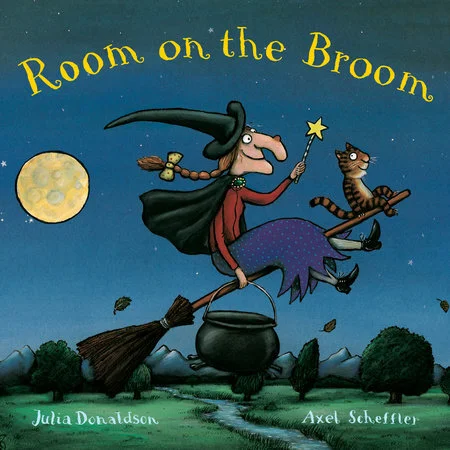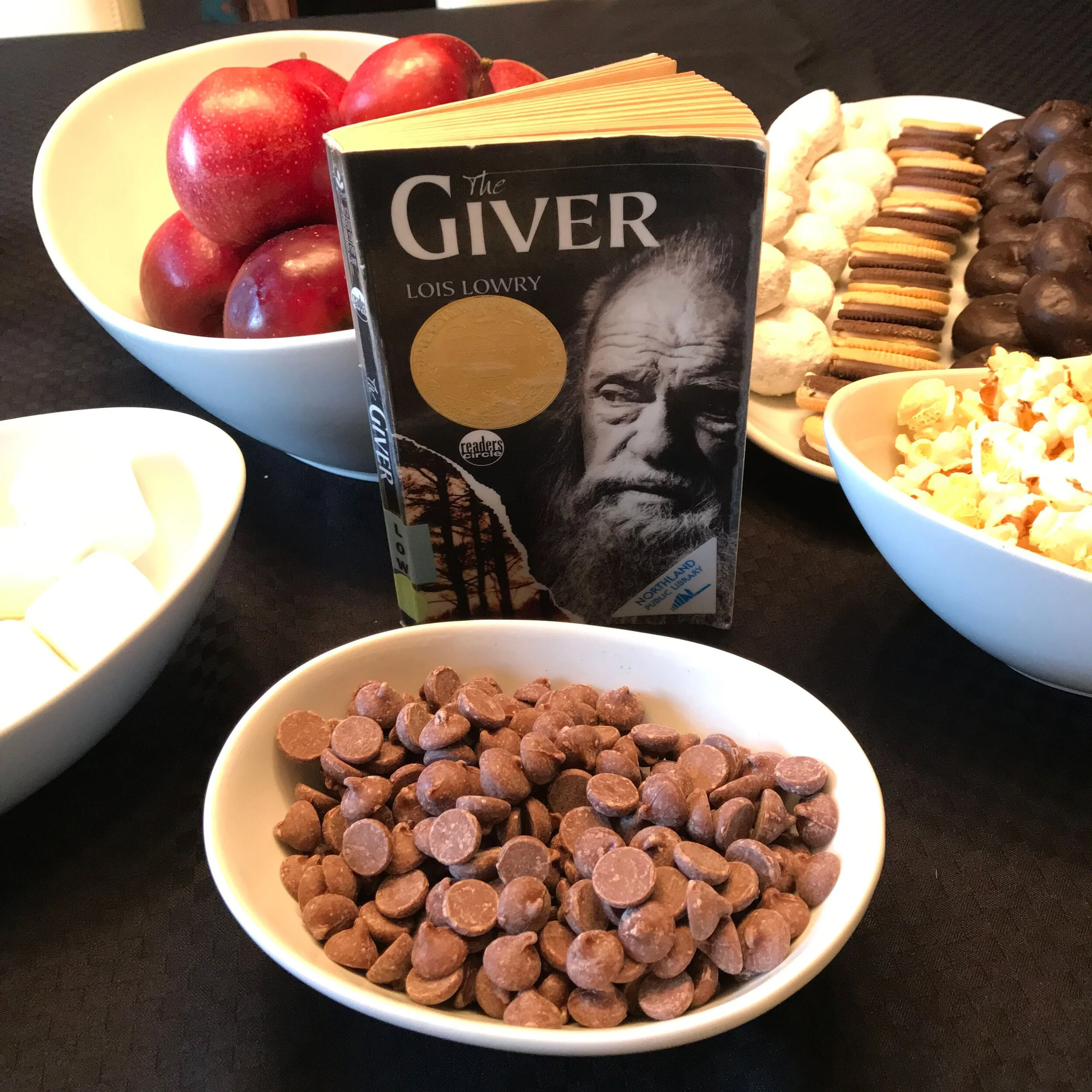Perfect for the littlest readers, novelty books include pop-up books, lift-the-flap stories, and all kinds of tactile opportunities to interact with a story. These creative books are a great way to incorporate multiple learning modalities into reading time!
Ten Horse Farm by Robert Sabuda
This fun pop-up book includes a different horse with every beautifully layered pop-up! One word per pop-up spread lets readers know what that horse is doing on the page—such as pulling, bucking, and grazing. The creative pop-ups will keep young readers coming back for more!
Peek-a-WHO? By Nina Laden
This clever peek-a-boo book is perfect for the youngest readers. Clever cutouts give clues to the object behind each rhyming peek-a-boo phrase— there’s a cow (peek-a-MOO!), safari animals (peek-a-ZOO!), and many more!
Peekaboo Farm by Camilla Reid, illustrated by Ingela P. Arrhenius
Travel to the farm to play peekaboo with horses, chickens, a cow, and a tractor! With minimal text and a slide on each page, this book is just right for the littlest readers.
Welcome to the Symphony by Carolyn Sloan, illustrated by James Williamson
From flutes to violins, trumpets, and trombones, this book introduces not only the instruments found in an orchestra, but also musical terms associated with symphony productions. With colorful illustrations and musical buttons that give examples of each sound, it’s the perfect introduction to orchestral music—and Beethoven’s famous fifth symphony!
The Jolly Postman by Allan Ahlberg, illustrated by Janet Ahlberg
Follow the jolly postman as he delivers mail to fairy tale characters! With an apology note for the three bears, an advertisement for the Wicked Witch, and an announcement about a new picture book for Cinderella, each letter will make readers giggle! And the best part? Readers can pull each piece of mail directly from its envelope!
Barnyard Bath by Sandra Boynton
All the animals need a bath! In this book, readers can “wash” the barnyard animals on each waterproof page—because the book can go in the tub with them! With Sandra Boynton’s playful illustrations and rhymes, this book will inspire any kid to scrub up nice and clean.
Indestructibles: Hello, Farm! By Amy Pixton, illustrated by Maddie Frost
After the rooster greets the day, it’s time to say hello to all of the animals on the farm! This colorful book is created especially for the youngest learners—it’s rip-proof, waterproof, and truly indestructible!
Where’s Spot? By Eric Hill
It’s time for dinner, but Spot is missing! As Mother searches the house, little readers can lift the flaps to look for Spot under the bed, in the closet, and even in the piano. But watch out—there are lots of other animals in the places where Spot is not!
Dear Zoo: A Lift-the-Flap Book by Rod Campbell
When the narrator asks the zoo to send him a pet, the zoo sends all kinds of animals—an elephant, a giraffe, a camel, and more! But none of them seem to fit what the narrator needs. As each package arrives, readers can lift the flap to find out which animal the zoo has sent next. Will the zoo ever get it right?
123 Count With Me (Trace and Flip Fun!) by Tiger Tales, illustrated by Georgie Birkett
Learn to count to 20 with this fun book! Each number includes tracing lines, and each page includes an opportunity to lift a flap. From numbers to adding and even a number line, this is a perfect intro to math book for kids. Check it out!





